Let me start with answering the reverse of your question, since I misunderstood it; but it gave me the answer too.
Assume that, you already have a list of intervals dispersed around the 24 hours. You would like to find a number of the intervals that overlaps any given minute of the day; which you refer to as weight.
I can think of two approaches. But, first you should convert your time intervals into minutes, so the times in your list becomes:
# Note the 19:45-06:03 has been split into two intervals (1185,1440) and (0,363)
st = sorted(list(to_parts(sleep_table))
>>> [(0, 363), (518, 568), (763, 900), (1185, 1440)]
First, a simple solution will be to convert all intervals into a bunch of 1s and sum over all the intervals:
eod = 60*24
weights = reduce(lambda c,x: [l+r for l,r in zip(c, [0]*x[0] + [1]*(x[1]-x[0]) + [0]*(eod-x[1]))] ,st,[0]*eod)
This will give you a list of size 1440, where each entry is the weight for a given minute of the day.
Second, is a tiny bit more complex line sweep algorithm, which will give you the same values in O(nlogn) time for n segments. All you need is to just take the start and end times of the intervals and sort them, while keeping track of whether a time is a start or end time:
def start_end(st):
for t in st:
yield (t[0],1)
yield (t[1],-1)
sorted(list(start_end(st)))
#perform a line sweep to find changes in the weights
map(lambda (i,l):(i,sum(map(itemgetter(1),l))),groupby(sorted(list(start_end(st))), itemgetter(0)))
#compute the running sum of weights
#See question 35605014 for this part of the answer
Now, if you start from the weights themselves. You can easily convert it into a list of starts and end times, which are not coupled into intervals. All you need to do is to convert the smooth spline in the post into a step function. Whenever the step function increases in value, you add a sleep start time, and whenever it goes down you add a sleep stop time. Finally you perform a line sweep to match the sleep start time to a sleep end time. There is a bit of wiggle room here; as you can match any start time with any end time. If you want more data points, you can introduce additional sleep start and end times, as long as they are at the same point in time.
